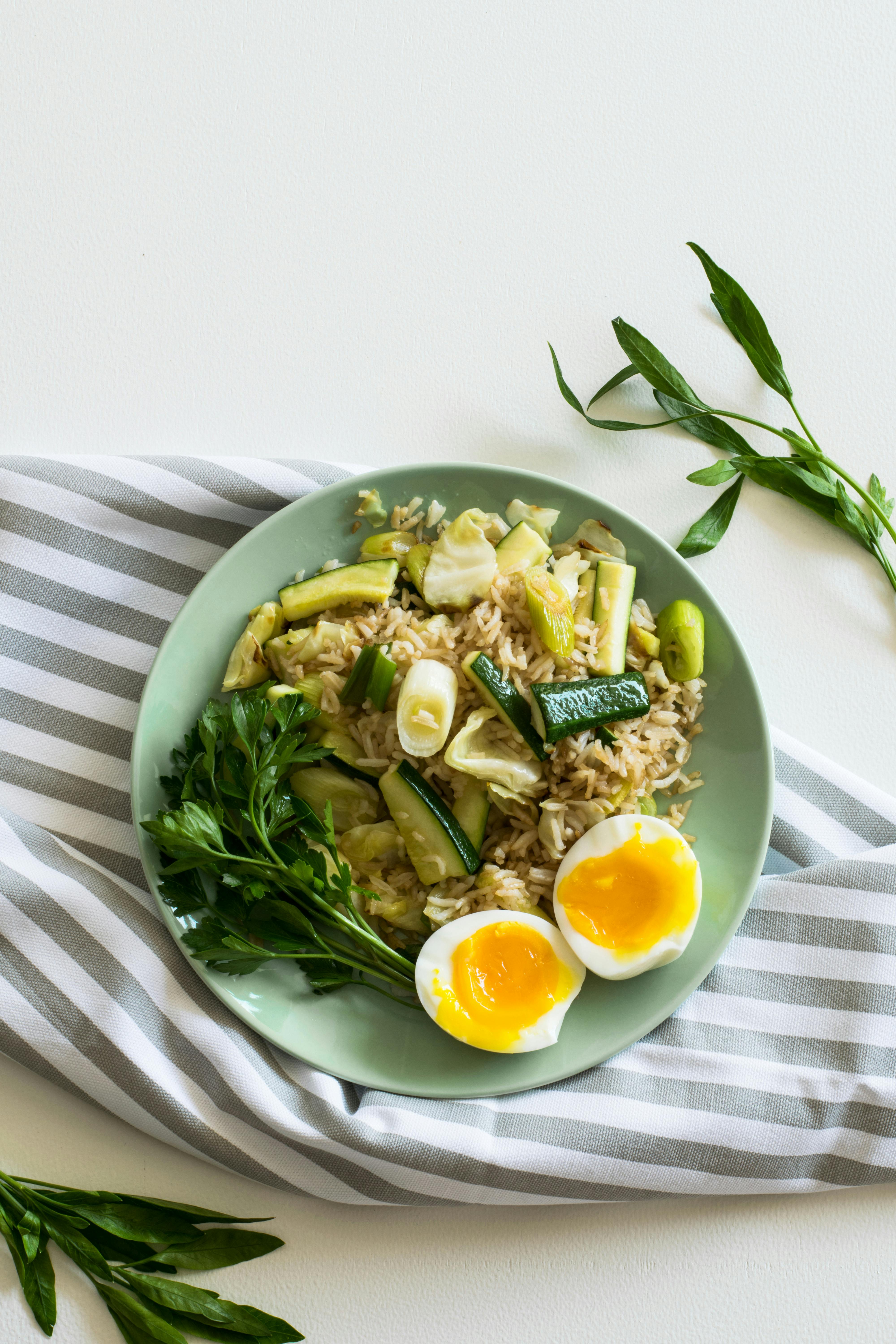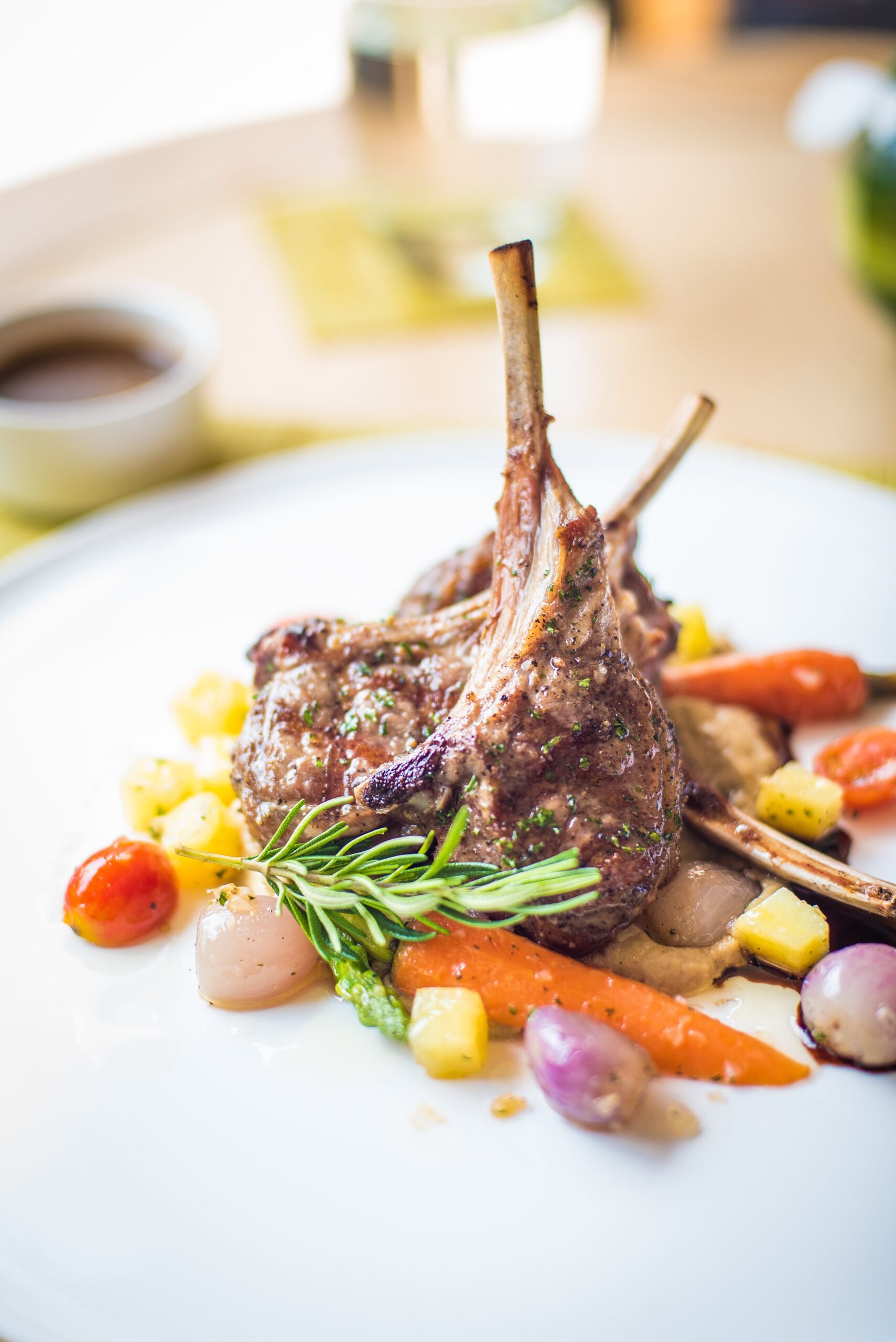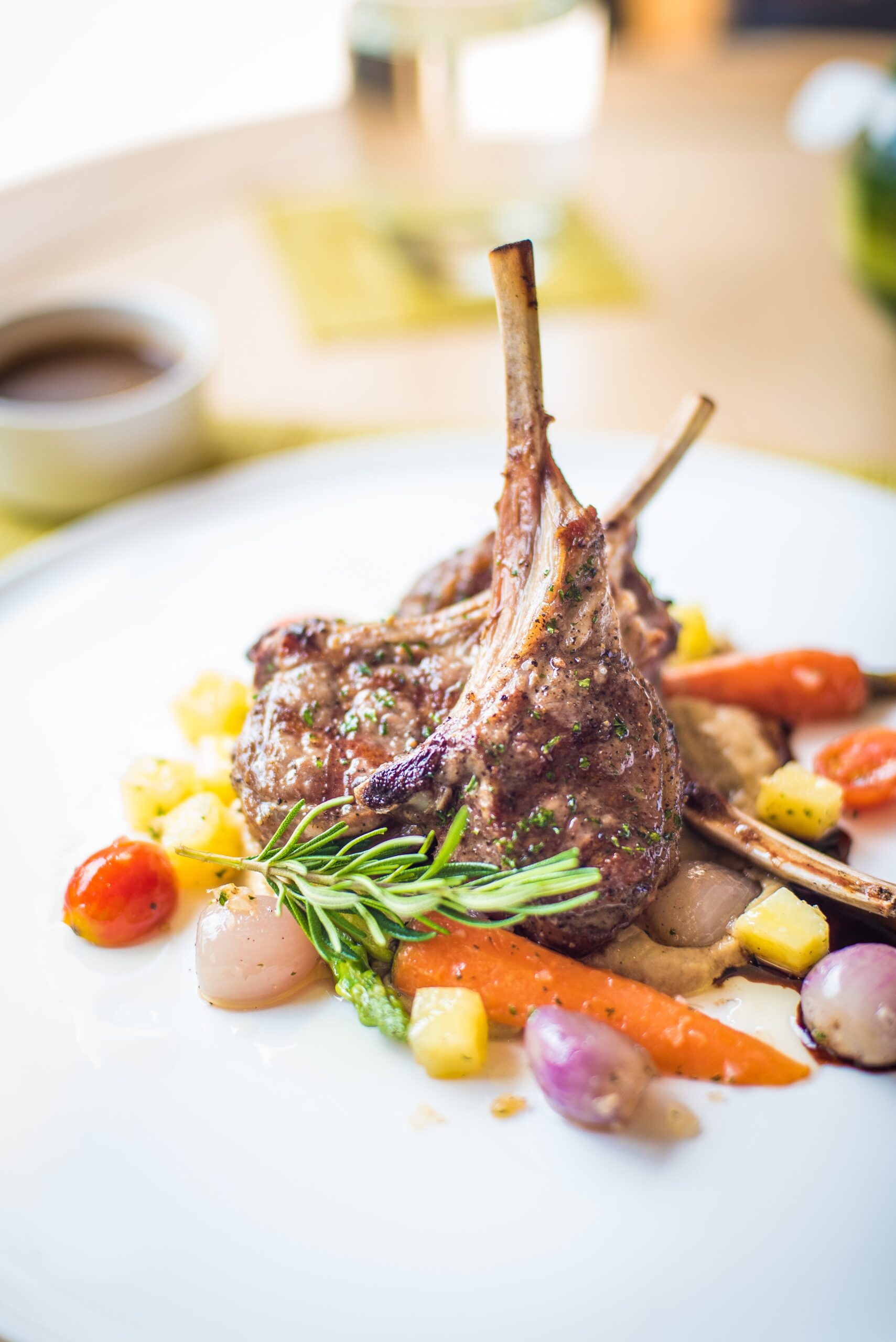Indulge in a mouthwatering journey as you explore the captivating world of Indian sweets. On IndianCulture.com, you can discover the cultural significance that these delectable treats hold in Indian cuisine. From fragrant spices to unique regional specialties, immerse yourself in the rich culinary traditions that define Indian culture. Prepare to indulge in an array of flavors and learn how these sweets serve as more than just desserts, but rather as symbols of celebration, auspiciousness, and unity. Delve into the enchanting world of Indian sweets and unlock a deeper understanding of the vibrant tapestry of Indian culture.

Historical Significance
Origins of Indian sweets
Indian sweets, also known as mithai, have a long and rich history that dates back thousands of years. The origins of these delectable treats can be traced back to ancient India, where they were initially made using simple ingredients like sugar, milk, and ghee. Over time, as trade routes opened and various cultural influences intermingled, Indian sweets began to evolve and flourish into a wide variety of flavors, shapes, and textures.
Influences from different regions
The diversity of Indian sweets can be attributed to the various cultural influences from different regions of the country. In the north, Persian and Mughal influences brought about the use of ingredients like nuts, saffron, and rose water, resulting in rich and luxurious sweets such as gulab jamun and phirni. The south, with its tropical climate, introduced ingredients like coconut and jaggery, giving rise to sweets like mysore pak and coconut ladoo. Similarly, eastern and western regions of India have their own unique sweets influenced by local ingredients and culinary traditions.
Sweets as offerings in religious rituals
Sweets hold great significance in religious rituals and are often offered to deities as a form of devotion. In Hinduism, sweets like modaks are offered to Lord Ganesha during Ganesh Chaturthi, symbolizing the sweetness and auspiciousness the deity brings. Similarly, during celebrations like Diwali, sweets such as kaju katli and barfi are offered to deities and distributed among friends and family as a token of blessings and joy.
Celebratory Occasions
Sweets as a symbol of good luck
Indian sweets are often associated with good luck and are considered an essential part of celebratory occasions. Whether it’s a wedding, a festival, or a special milestone, sweets are believed to bring good fortune and prosperity to the individual and their loved ones. The act of sharing and consuming sweets during these occasions is seen as a gesture of spreading happiness and blessings.
Sweets in weddings and festivals
Weddings and festivals in India are incomplete without an array of mouthwatering sweets. These occasions provide an opportunity for families to come together and celebrate, and sweets play a central role in enhancing the festive mood. Whether it’s the elaborate sweet tables at weddings or the exchange of sweets during festivals like Raksha Bandhan and Navratri, these delectable treats add a touch of sweetness and joy to the festivities.
Sweets as gifts and gestures of hospitality
In Indian culture, offering sweets to guests is considered a gesture of hospitality and warmth. Whether it’s welcoming guests into one’s home or attending social gatherings, bringing a box of assorted sweets is a customary practice. This tradition not only showcases the host’s generosity but also adds a touch of sweetness to the social interactions, fostering a sense of connection and camaraderie.

Regional Varieties
North Indian sweets
North India is known for its rich and indulgent sweets. From the melt-in-your-mouth texture of gulab jamun to the fragrant aroma of kheer, the sweets of this region are often made with ingredients like khoya (reduced milk), saffron, and nuts. Popular north Indian sweets include jalebi, rasgulla, and rajbhog, each offering a unique blend of flavors that cater to the region’s culinary preferences.
South Indian sweets
The cuisine of South India is characterized by the use of ingredients like coconut, jaggery, and rice flour, resulting in sweets with distinct flavors and textures. Sweets like mysore pak, coconut burfi, and adhirasam are famous in this region. The subtle use of aromatic spices like cardamom and cloves adds depth to the sweetness, creating a harmonious balance that South Indians relish.
Eastern Indian sweets
Eastern India boasts a rich tradition of sweets that showcases the region’s love for dairy products and sweets made from chhena (a type of cottage cheese). Sweets like rasgulla, sandesh, and chhena poda are hallmarks of this region. The use of jaggery and flavors like rose and saffron adds a touch of elegance to these delicacies, making them a favorite among sweet lovers.
Western Indian sweets
The sweets of western India are influenced by the flavors of Gujarat and Rajasthan. Sweets like jalebi, ghevar, and malpua are popular in this region. The use of ingredients like gram flour, ghee, and dry fruits gives these sweets a distinct taste and texture. The inclusion of spices like cardamom and nutmeg adds a unique twist, making them an integral part of the region’s culinary heritage.
Ingredients and Techniques
Role of dairy in Indian sweets
Dairy products, such as milk, ghee, and khoya, play a significant role in Indian sweets. These ingredients not only contribute to the rich and creamy texture of sweets but also add a distinct flavor. The process of reducing milk to khoya and then incorporating it into various sweets is a traditional technique that enhances the richness and depth of the flavors, making Indian sweets truly indulgent.
Use of aromatic spices and flavors
Aromatic spices like cardamom, saffron, and rose water are often used in Indian sweets to infuse them with unique and captivating flavors. These spices not only add depth but also provide a refreshing and fragrant experience. Additionally, the use of ingredients like almonds, pistachios, and cashews adds a delightful crunch and nutty flavor to the sweets, elevating their taste and presentation.
Traditional cooking methods
Indian sweets are often made using traditional cooking methods that require patience and skill. Techniques like slow cooking, stirring continuously, and precise temperature control are employed to ensure that the sweets attain the desired texture and consistency. Traditional tools and utensils, such as brass or copper vessels, wooden spoons, and stone grinders, are used to maintain the authenticity and enhance the flavors of these delectable treats.
Modern innovations in sweet-making
With the advent of technology and changing culinary trends, there have been innovative advancements in sweet-making techniques. Modern equipment like non-stick pans, electric mixers, and food processors have made the process of making sweets more efficient and convenient. Additionally, creative variations and fusion of flavors have given rise to innovative sweets that cater to the evolving tastes and preferences of the present generation.

Symbolism and Tradition
Sweets in auspicious rituals
Indian culture is deeply rooted in traditions and rituals, and sweets hold a symbolic significance in many of these auspicious occasions. Whether it’s celebrating the birth of a child, a wedding ceremony, or a religious festival, sweets are an integral part of the ceremonies. The act of offering and consuming sweets during these rituals is believed to bring good luck, blessings, and prosperity to those involved.
Sweets as a gesture of love and respect
In Indian culture, offering sweets to loved ones is seen as an expression of affection and respect. Whether it’s elderly family members, neighbors, or friends, gifting a box of their favorite sweets is a way to show appreciation and strengthen relationships. The act of sharing sweets symbolizes the sweetness of the bond and the desire to bring joy and happiness to the recipients.
Sweets as a representation of wealth and prosperity
Sweets are often associated with wealth and prosperity in Indian culture. The use of rich ingredients like nuts and saffron, as well as the labor-intensive nature of making some traditional sweets, represents the abundance and prosperity that families aspire to. By consuming and sharing these sweets, individuals hope to attract prosperity and good fortune into their lives.
Sweets in Indian Cuisine
Sweets as a balance to spicy dishes
Indian cuisine is known for its bold and spicy flavors. Sweets act as a perfect balance to the fiery and robust dishes, providing a pleasant contrast to the taste buds. The sweetness of the desserts helps soothe and cool the palate, offering a delightful respite amidst the fiery flavors of curries and spices.
Sweets as a part of a complete meal
In Indian culture, a meal is considered incomplete without a sweet dish to conclude it. Whether it’s a simple home-cooked meal or a lavish feast, a sweet dish is served at the end to bring a sense of satisfaction and completion. It not only provides a sweet ending to the meal but also helps in digestion and leaves a lingering taste of contentment.
Sweets as a cultural identity
Indian sweets are not just a culinary delight but also a reflection of the rich cultural diversity of the country. Each region has its own unique sweet specialties and recipes that have been passed down through generations. These sweets are not only a source of joy and celebration but also serve as a cultural identity, representing the traditions and flavors of a specific region.
Sweets in Indian Festivals
Diwali and the significance of sweets
Diwali, also known as the festival of lights, is one of the most significant festivals in India. Sweets play a pivotal role in this celebration, where families exchange boxes of assorted sweets as a gesture of love and good wishes. The act of sharing sweets during Diwali represents the triumph of light over darkness and symbolizes the spreading of sweetness and joy among family and friends.
Ganesh Chaturthi and the love for modaks
Ganesh Chaturthi, a festival dedicated to Lord Ganesha, is known for its love for modaks. Modaks, sweet dumplings filled with coconut and jaggery, are considered Lord Ganesha’s favorite delicacy. The festival is incomplete without the preparation and offering of modaks to the deity, symbolizing the sweetness and auspiciousness that Lord Ganesha brings to people’s lives.
Holi and the tradition of gujiyas
Holi, the festival of colors, is celebrated with great fervor across India. Sweets, particularly gujiyas, are a highlight of this joyous occasion. Gujiyas, deep-fried pastry filled with a sweet mixture of khoya, nuts, and sugar, are prepared and shared among family and friends during Holi. The act of indulging in gujiyas symbolizes the joy and unity that Holi brings, as well as the sweetness of life and relationships.
Artistry and Presentation
The intricate designs of Indian sweets
Indian sweets are not just a treat for the taste buds but also a feast for the eyes. These sweets are often beautifully adorned with intricate designs made from edible materials like silver foil, edible flowers, and colored sugar. The artistry and attention to detail in the presentation of these sweets showcase the craftsmanship and creativity that goes into their creation, making them a visual delight.
Traditional molds and tools for sweet-making
The making of Indian sweets involves the use of traditional molds and tools that have been passed down through generations. These molds, often made from brass or wood, come in various shapes and sizes, allowing for the creation of unique and visually appealing sweets. Similarly, tools like special ladles, sieves, and rolling pins are used to shape and form the sweets, ensuring precision and authenticity in their preparation.
The importance of presentation in Indian sweets
In Indian culture, presentation plays a crucial role in sweet-making. From arranging the sweets in ornate boxes to garnishing them with nuts and saffron strands, every detail is carefully considered to create an appealing and enticing display. The visual allure of Indian sweets creates anticipation and excitement, making them more than just a culinary delight but also an experience for all the senses.
Health Benefits and Ayurveda
Ayurvedic principles in sweet-making
Ayurveda, the ancient Indian system of medicine, emphasizes the importance of balancing the body and mind. Even in sweet-making, Ayurvedic principles are taken into account. Sweets are made using ingredients known for their medicinal properties, such as almonds for brain health, cardamom for digestion, and saffron for mood enhancement. By incorporating these ingredients, Indian sweets aim to provide not just indulgence but also wellness.
Traditional Indian sweets as energy boosters
Traditional Indian sweets are often made with ingredients that provide a quick burst of energy. Jaggery, for instance, is a common sweetener that is rich in iron and acts as an excellent energy booster. Similarly, the use of nuts like almonds and cashews adds protein and healthy fats to the sweets, making them a source of sustained energy and nourishment.
Medicinal properties of key ingredients
Many ingredients used in Indian sweets possess medicinal properties. For example, ghee (clarified butter) is believed to improve digestion and enhance the absorption of nutrients. Similarly, spices like cardamom and cinnamon have antioxidant and anti-inflammatory properties. By incorporating these ingredients into sweets, Indian cuisine not only satiates the sweet tooth but also provides health benefits.
Evolving Sweet Culture
Influence of globalization on Indian sweets
The globalization of Indian cuisine has had a significant impact on the evolution of Indian sweets. With increased accessibility to global ingredients and flavors, traditional Indian sweets have embraced fusion and creativity. Ingredients like chocolate, coffee, and even exotic fruits have found their way into Indian sweet shops, catering to the diverse palates of an increasingly globalized audience.
Fusion sweets and creative innovations
The fusion of Indian sweets with other culinary traditions has given rise to creative innovations. From chocolate-flavored gulab jamun to paan-flavored truffles, the blend of traditional Indian flavors with international influences has resulted in an array of exciting and unexpected creations. These fusion sweets are not only a testament to culinary experimentation but also a celebration of cultural diversity.
Challenges faced by traditional sweet shops
While Indian sweets continue to be beloved by millions, traditional sweet shops face various challenges in today’s fast-paced and health-conscious society. Changing dietary preferences, increasing competition from mass-produced sweets, and the need to adapt to changing consumer demands pose significant challenges. However, many traditional sweet shops are rising to the occasion by offering healthier alternatives, introducing innovative packaging, and embracing digital platforms to reach a wider customer base.
In conclusion, Indian sweets hold great historical, cultural, and culinary significance. They are not just a delightful indulgence but also a representation of the diverse flavors and traditions of the country. From their origins to their presence in celebratory occasions and religious rituals, Indian sweets continue to play a vital role in bringing joy, spreading sweetness, and fostering connections among people. Their artistry, health benefits, and evolving nature further add to their charm and appeal, making them an integral part of Indian cuisine and culture. So, the next time you savor a delicious Indian sweet, remember the centuries of tradition, artistry, and symbolism that are woven into every bite.
